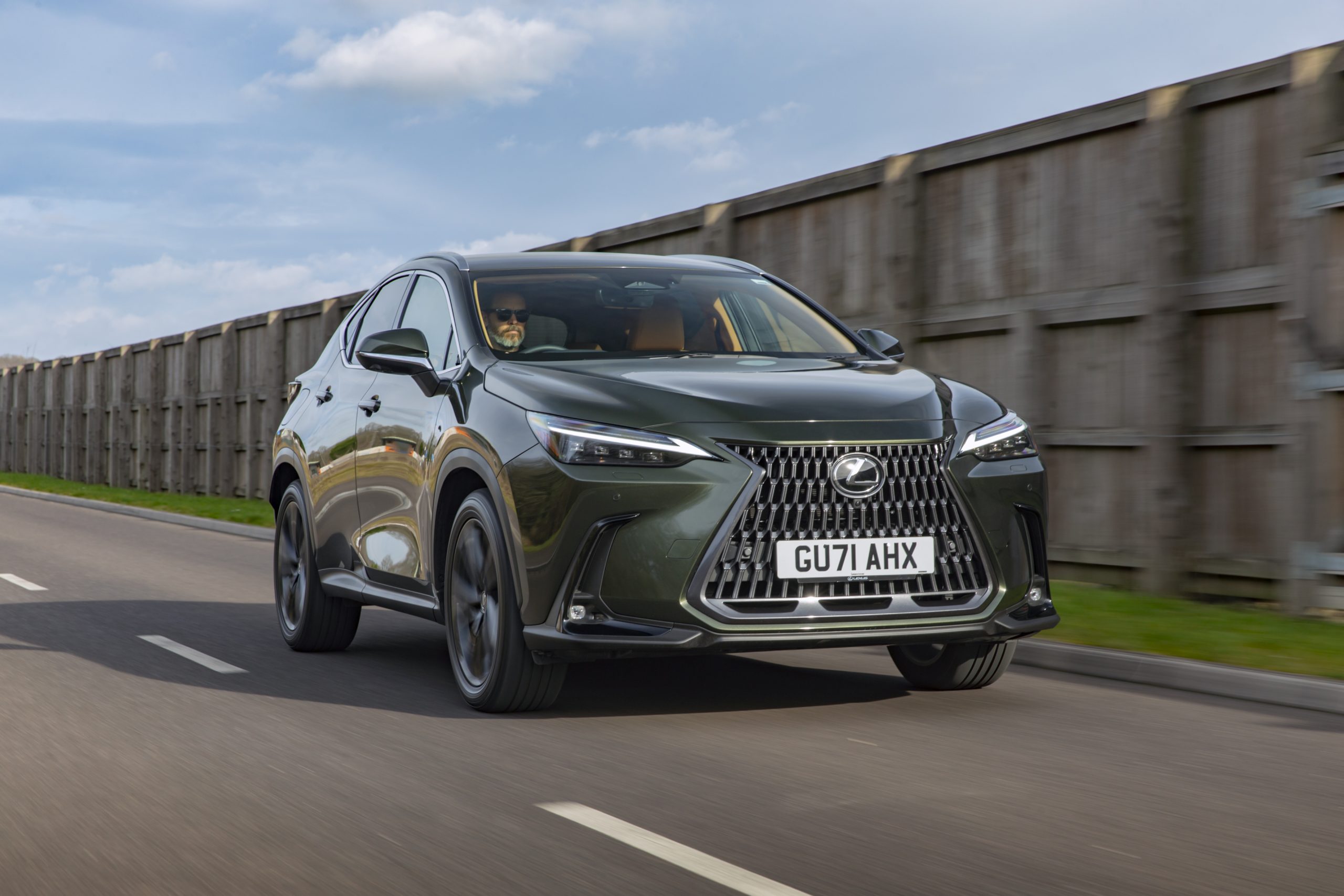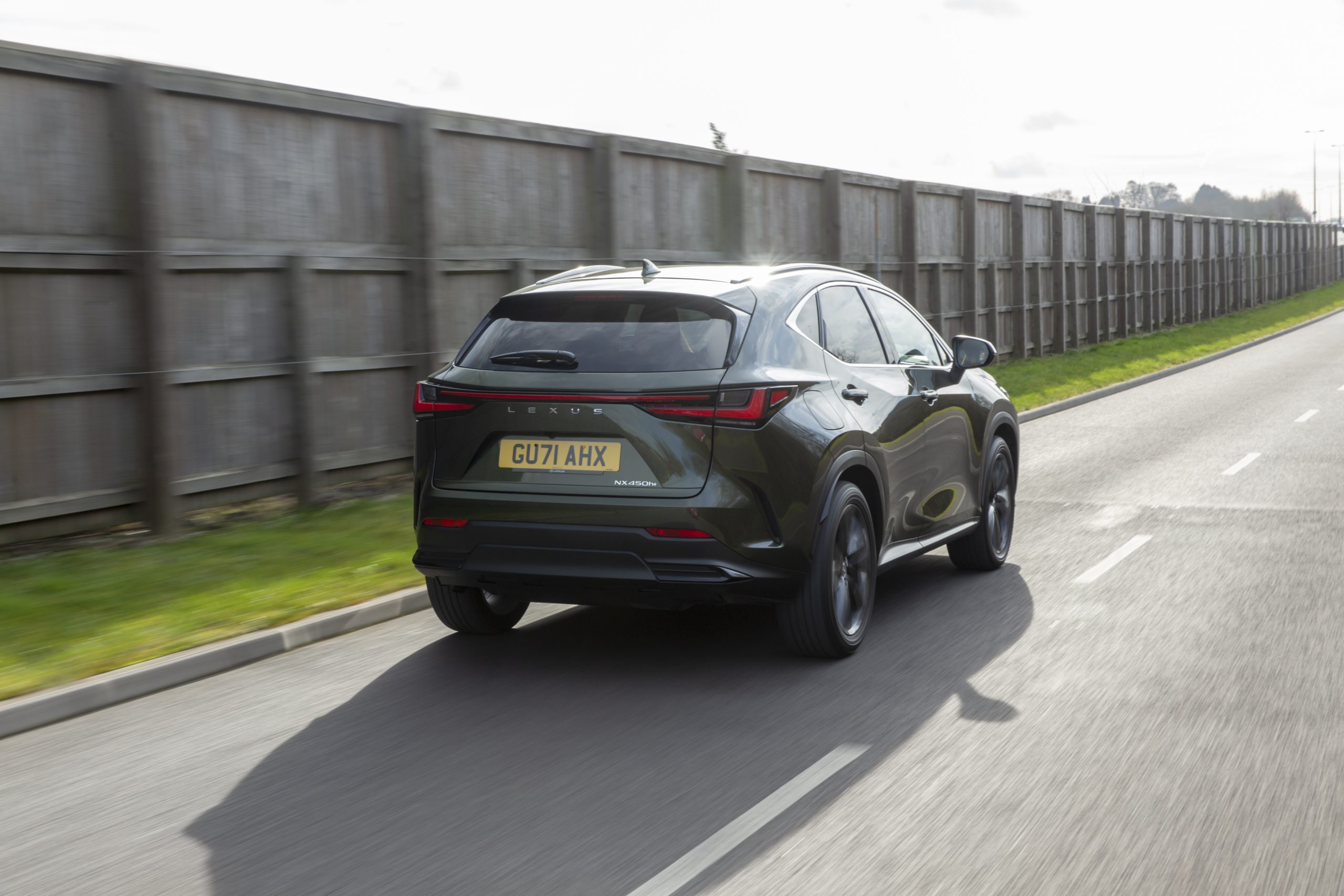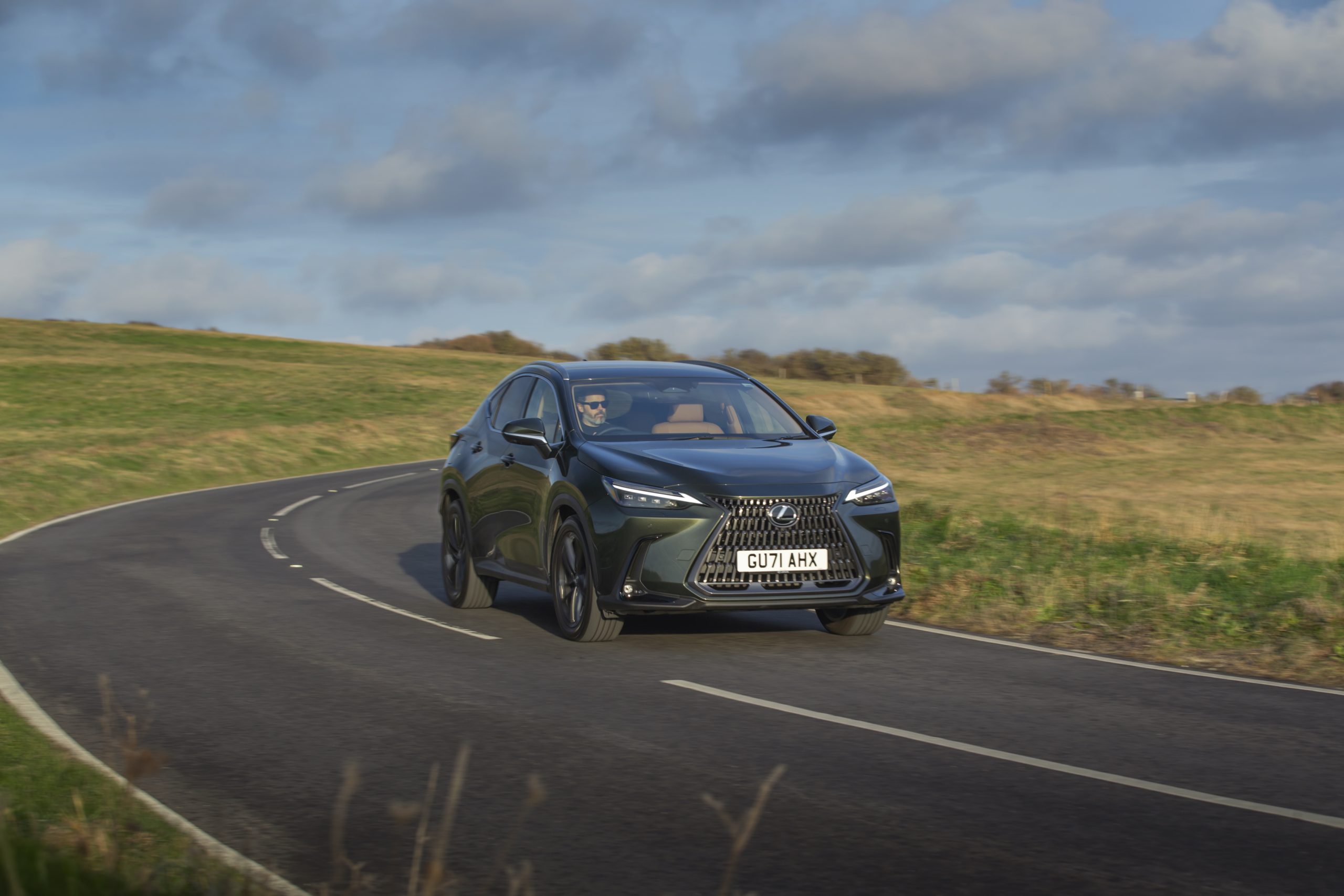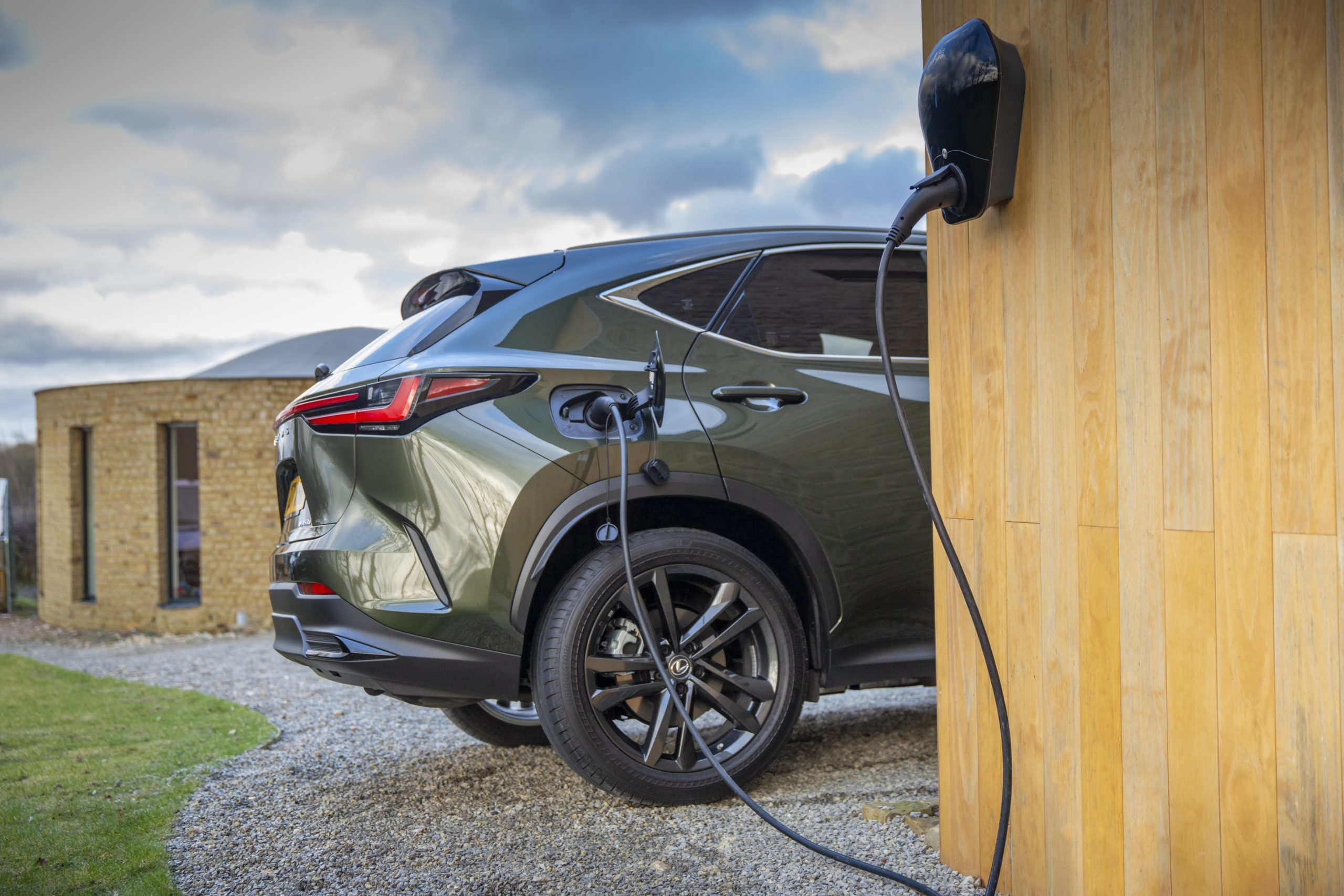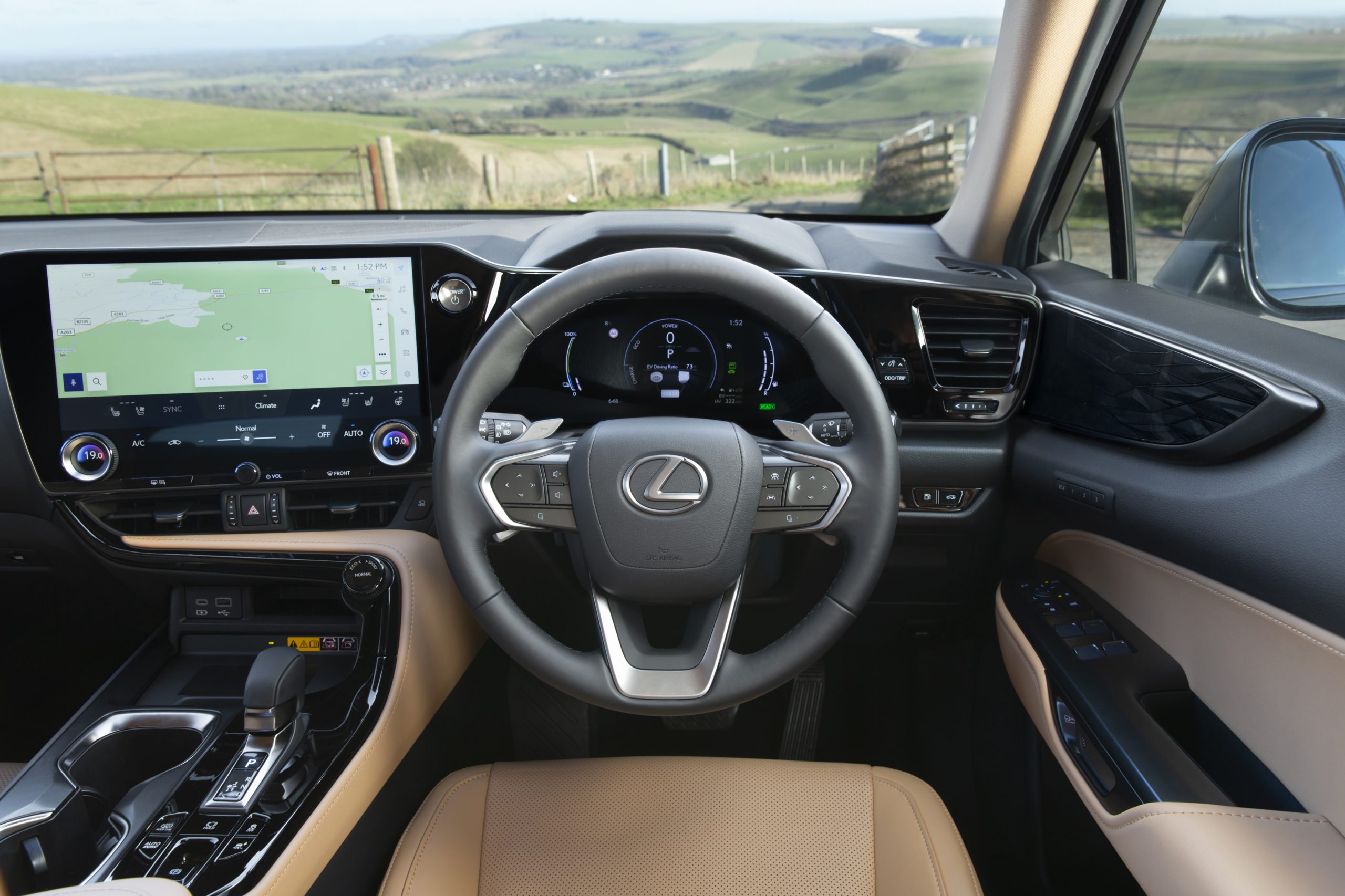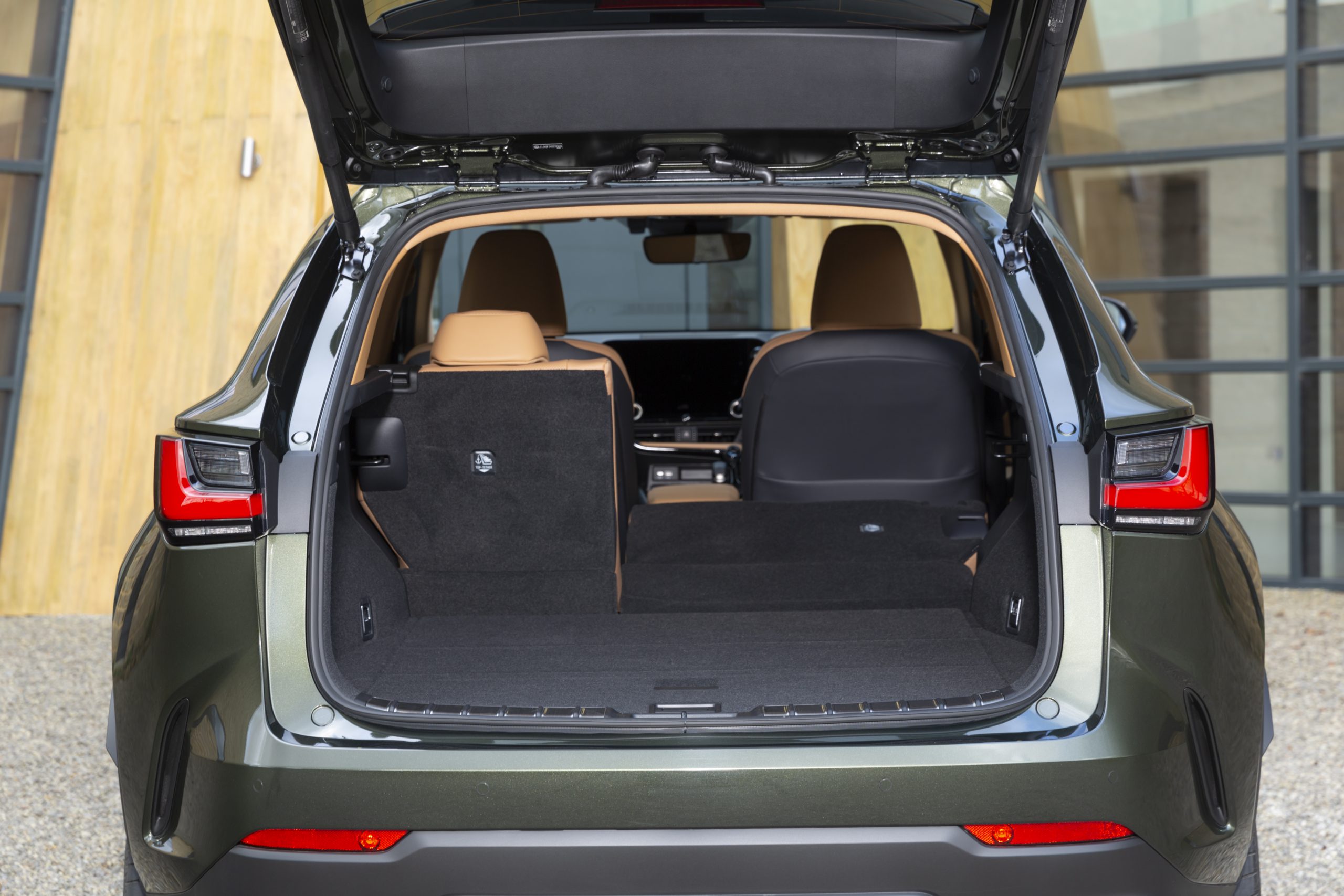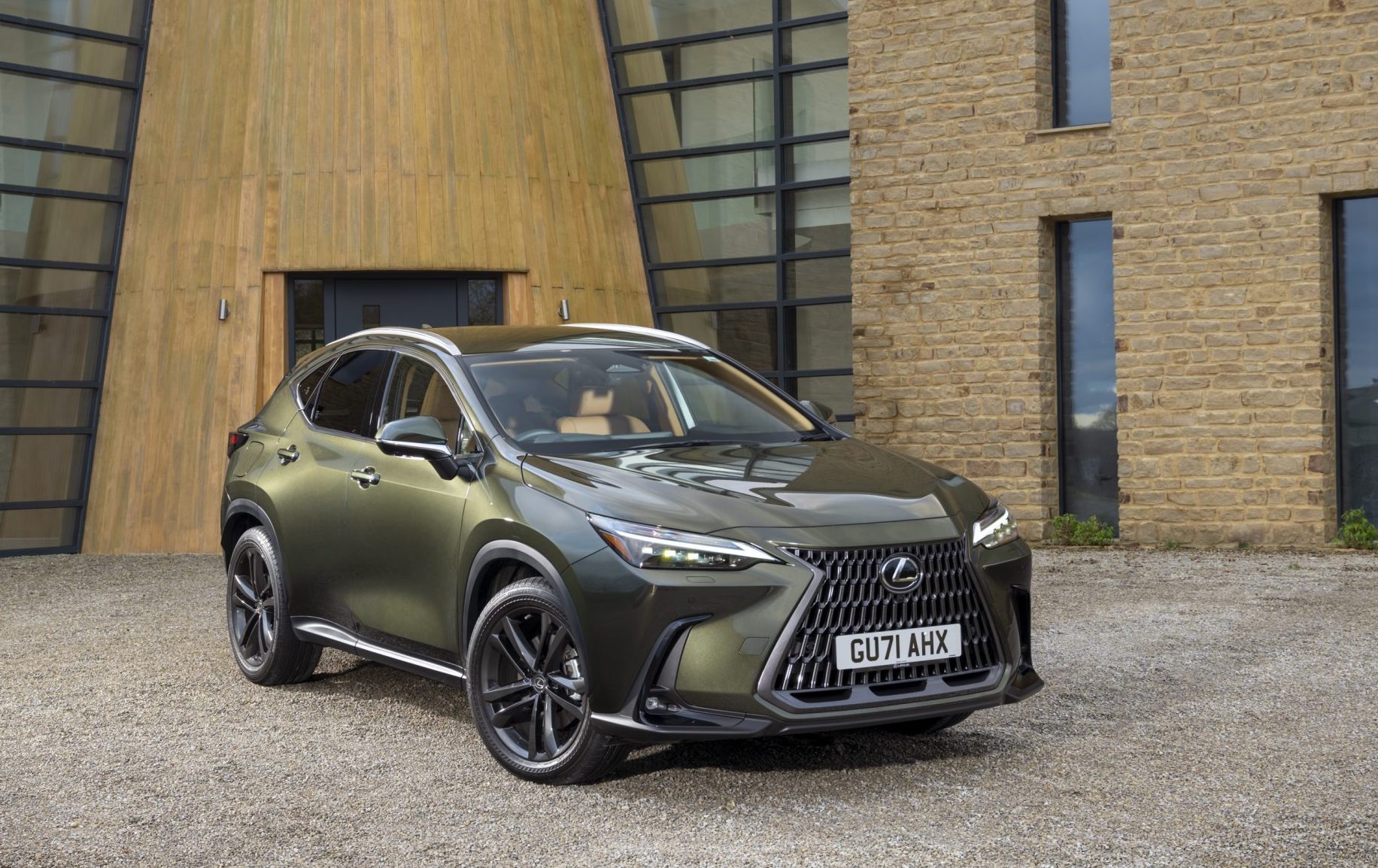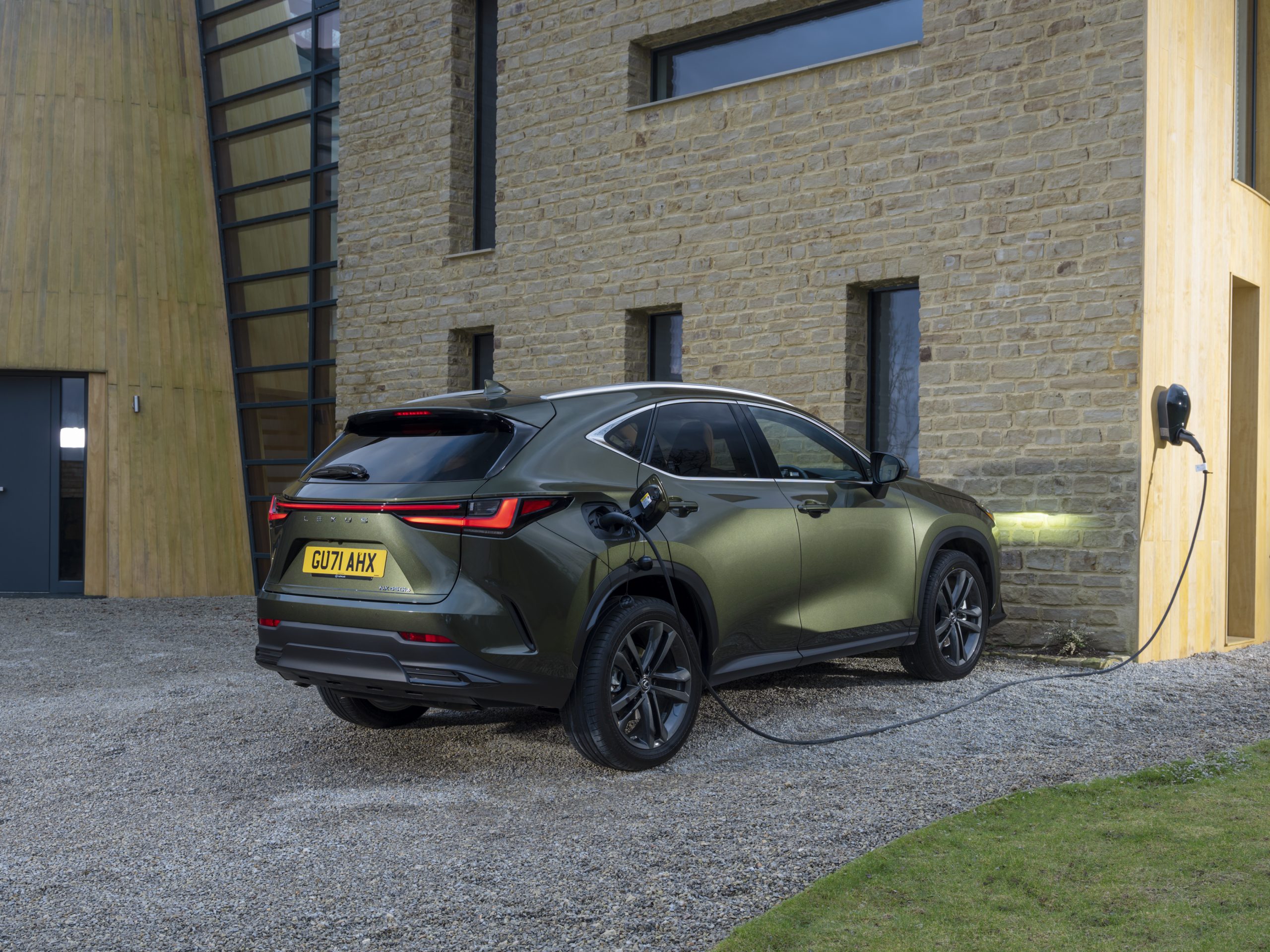Introduction & model history
It’s easy to be confused by the range naming system at Lexus, so let me help – the NX is a size and price which means it is a rival for cars such as the BMW X3 and Audi Q5.
With those rivals in mind the all-important figures add up, with a decent 45 mile claimed electric-only range giving an 8% benefit-in-kind. But in the real world it still offers the efficiency advantages of a non-plug in hybrid when the battery has been exhausted, which isn’t the case with many PHEVs. That means it could make more sense for drivers who regularly have to go beyond the battery’s range.
Add in the relaxing refinement, unbeatable warranty and solid build quality and the Lexus soon seems to stack up. There’s only one real problem: although the BIK rates are competitive, there are at least two rivals who have longer ranges and therefore qualify for 5% rates – that’s enough to make a substantial difference to your take home pay.
Range, Battery & Charging
Lexus has been making hybrids for more than 15 years, but the NX 450h+ is its first plug-in hybrid electric vehicle – or PHEV. The petrol engine is a four-cylinder 2.5-litre which uses a different way of running, called the Atkinson cycle. This is much more efficient than a normal petrol engine but isn’t used on non-hybrids as it lacks low-down power. This hole in the power band can be filled with an electric motor on a hybrid like the NX, so it means much better fuel economy.
Even when the battery doesn’t have enough power to run the car exclusively on electric power alone, it will keep some in reserve and gather energy from braking so there is enough to travel short distances at low speeds and help out the petrol engine.
On the NX there are actually two electric motors – at the front it produces up to 180bhp and does most of the work, most of the time. If it’s needed for extra acceleration or grip, there’s a rear motor with 54bhp. They are powered by an 18.1kWh battery which is on the large side for this class of plug-in hybrid.
Thanks to its big battery, the NX 450h+ has a range of between 42 and 46 miles in the combined official WLTP tests, with CO2 emissions between 21 and 25g/km and fuel economy between 256.8 and 313.8mpg. These are towards the top end of the class and result in a competitive benefit-in-kind rates for company car drivers.
Away from the lab-generated figures, Lexus’s expertise in hybrid electric technology means the car is still efficient when the battery is depleted. In our tests the NX was still averaging a diesel-like 40+mpg even when it hadn’t been charged from the grid.
Once you do find a socket, recharging takes around 2.5 hours using a home wallbox, via a 6.6kW on-board charger.
Practicality & Boot Space
The NX isn’t a small car, which means there is plenty of space inside, even for lanky drivers and front seat passengers. If you are really tall you might want to steer clear of the versions with a sunroof, but anyone under 6’4”ish will to be able to get comfortable. If we were being fussy, we might be happier if the steering wheel adjusted a little more vertically to suit shorter drivers who like their seat in a higher position, but it’s not enough to call it uncomfortable and we soon got used to it.
In the (electrically operated) boot, the NX has 545 litres of load space with the rear seats in place, which is identical to the non-PHEV hybrid model. This compared well with rivals, being almost 100 litres more than a BMW X3 for example.
With the seats down though its marginally smaller than the X3, with 1,436 litres compared to 1,500, but it’s unlikely to be an issue in the Ikea car park.
Lexus have also included a ‘deckboard’ – a posh name for a boot floor - which divides three ways to organise the luggage space.
Interior, Design/Styling & Technology
Once you are sitting comfortably, the NX’s dashboard is sensibly laid out and has more real switches than you might expect if you’ve been driving some rivals. There are 45 in total for the most frequently used functions and they are intuitive to use.
There’s a clear and easy to understand head up display to, which makes up for a mildly muddled and uninspiring instrument panel. The rest of the dashboard design is not the most exciting either, especially with the all-black option, but it all works well and feels like it will carry on working for decades. The lighter trim choices really lift the inside and make it feel more premium.
There’s a Lexus Link app to check in on the car’s status and it’s easy to link up to CarPlay and Android Auto. Be warned though – the bings and bongs for the speed alerts are infuriating and not that easy to turn off. And before anyone moans about speeding, there is a bleep every time the speed limit changes.
Motors, Performance & Handling
As I’m an electric car driver most days, I naturally slipped the Lexus intro EV mode and drove around as much as possible. It seems fine too, not being at all lacking in power in almost every situation. It will even let you drive at up to 83mph should you wish to rip through the battery reserves and potentially get a ticket.
I found the claimed range to be not too far from the truth, getting a range in the late 30s before the petrol engine took over.
The combustion motor is far from silent but it’s not unpleasantly obtrusive. The benefit of having it running is that you get much more performance. The full plug-in system, including electric motors and battery, produces a maximum of 302bhp and if you were in the mood it could take you to 60mph in 6.3 seconds.
If you do choose to accelerate ‘keenly’ then the engine and gearbox can complain with a strange rise and fall of the engine speed which has little relation to the speed of the car; this is a result of the Lexus’ CVT gearbox. You soon become used to it and appreciate its advantages, but it is unusual for first-time CVT drivers.
This is made more noticeable as the rest of the car is so refined. It is quiet and smooth-riding, in a way which encourages you to drive in a more relaxed fashion than in sporty-biased rivals.
Even on the 20-inch wheels of the top Takumi spec car it does a good job of soaking up the bumps. If you want it a little sportier, the F-Sport adds adaptive suspension.
If you are a fan of trailers and caravans, the NX has a 1.5-tonne (braked) towing capacity.
Running Costs & Pricing
The NX is not a cheap car, but it’s competitive versus rivals, with prices varying between £49,995 and £60,395. It’s worth reminding everyone that PHEVs with a list price over £40,000 pay an additional £335 road tax supplement for the first five years. That doesn’t apply to fully electric cars, in case you were wondering.
Metallic paint a £770 option – black and red are the only free shades.
As many NXs will be bought with company money, it’s worth pointing out that the benefit-in-kind rate is 8%. That’s competitive too, but there are more expensive rivals with will beat this due to having longer electric-only ranges. On the PHEV front, a Mercedes GLC 300e driver will pay £1,263 in tax per year (at 40%) versus £2,021 for the Lexus, for example. Pure electric drivers will pay even less: swapping the PHEV for a RZ450 will cut that bill to £548.
There are two equipment grades for the NX 450h+ plug-in hybrid – F Sport and Takumi. The entry point to the NX 450h+ line-up is the NX Premium Pack version, which includes fake leather upholstery, eight-way power adjustable front seats, rear privacy glass, smart keyless entry, a wireless phone charger, LED cornering and front fog lights, Blind Spot Monitor and Rear Cross Traffic Alert and Safe Exit Assist.
The Premium Plus Pack for the NX 450h+ provides 20-inch alloy wheels, Lexus Link Pro 14-inch multimedia with navigation, leather upholstery, heated and ventilated front seats, heated rear seats, four-eye LED headlights with Adaptive High-beam System, LED Cornering Lights and a Panoramic View Monitor.
The NX 450h+ Takumi version, which is equipped with 20-inch Takumi alloy wheels, fully automated parking, a sunroof, wood trim inlays and the additional Lexus Safety Sense+ features in the extended safety package.
As an added bonus, the Lexus has up to 10 years/100,000 miles warranty on the whole car, so long as you keep up the dealer service history.
Verdict
The Lexus NX is a thoroughly likeable car. It feels like it will last forever, is genuinely efficient in the real world, spacious and lovely to drive. The company’s expertise in hybrids means that many drivers will be able to do most journeys on electric power alone if they plug in every day.
The only real fly in the ointment is the benefit-in-kind rate for company car drivers. Although this is better than many rivals, there are some which are subject to an even lower rate of tax which will make them much cheaper to run.








